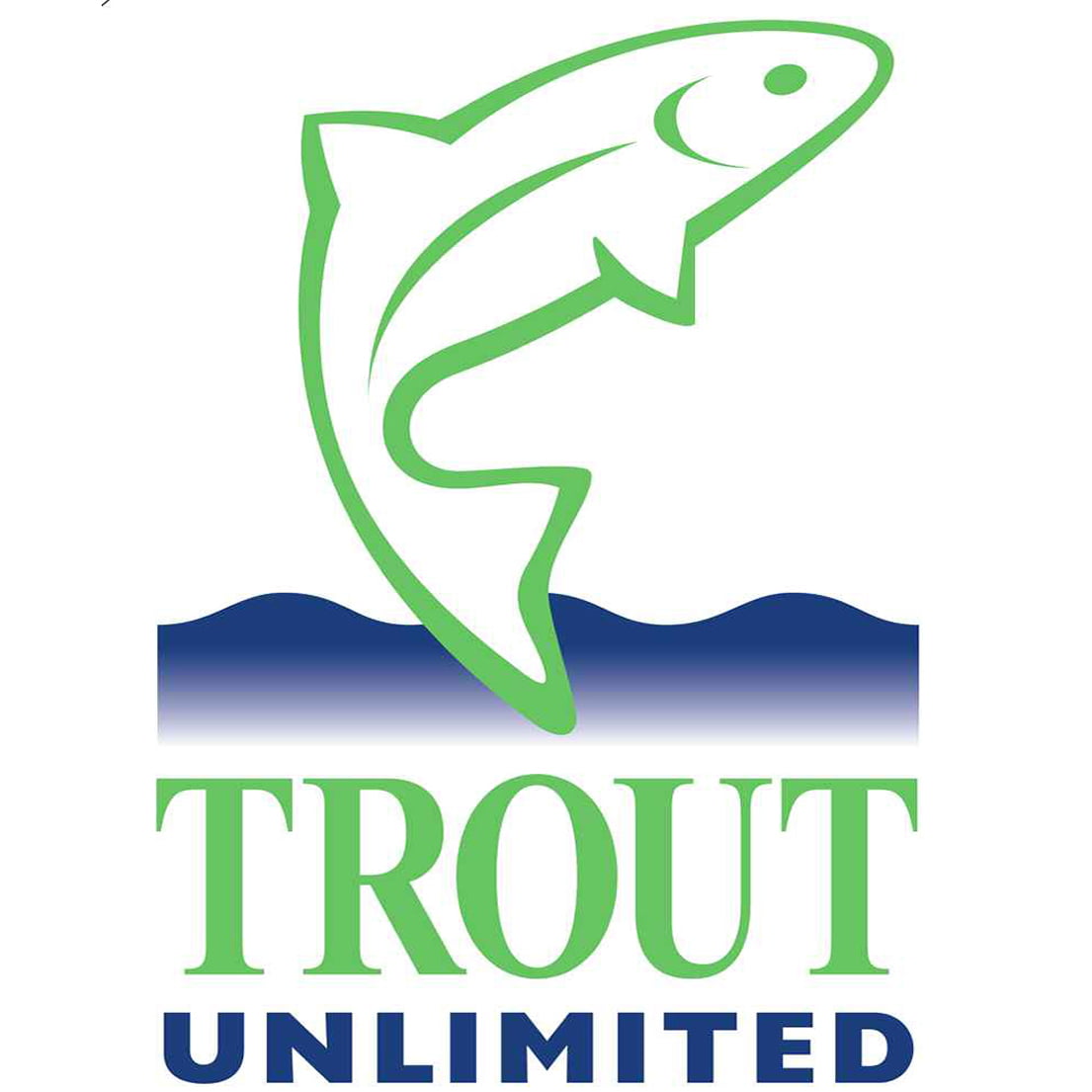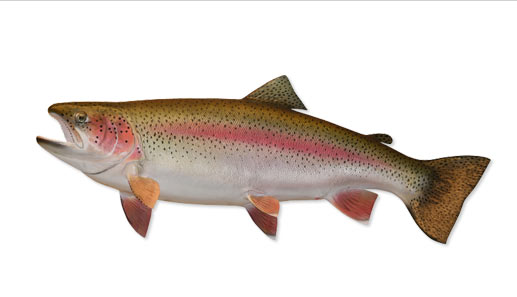Last week I talked about an article published in sciencedaily that addressed how the ocean is warming and how the ocean is becoming less productive. This week another report was published on how a cold water plankton species
(C. finmarchicus) is struggling to hold on and may go extinct. This just sheds more light on how much the oceans and the life inside them are struggling. It's just not at the level of the ocean, I have seen this first hand on our lake, and currently a researcher at the
Lake Champlain Research Institute is delving into a similar situation with Mysids in Lake Champlain. Mysids for those of you who do not know are like a freshwater shrimp, and I have had the pleasure of getting to see them first hand. This species was thought to be abundant in Lake Champlain, but warming conditions and the abundance of alewives in the lake have caused this species to struggle.

This article talks about how ocean fisheries are also going to see change with this plankton species possibly going extinct. Certain species such as the very similar warm water species of plankton will thrive as the cold water species gets pushed out. This is interesting because I can also relate this to another situation that I have seen in Lake Champlain, this one having to do with trout and salmon species not being as abundant as the lake warms and now we see bass taking over the lake. This situation addresses an idea on Lake Champlain that can be considered profitable money wise through bass tournament organizations such as FLW, but on the ocean like I mentioned last week around 470-880 million people are dependent on the ocean. This warming on a large scale could affect fishery markets huge declining populations of cod and hake, fishermen who are dependent on these fish could lose jobs, but it may be possible that we could see these species and another thrive.

Calanoid copepods are a plankton species that are a vital food source for fish larvae and therefore important for all commercial fisheries
With these two papers being recently posted in less than two weeks, it raises an interesting question in my mind that, what can we expect next week? What I find interesting about ecosystems is how such a little organism can make such a huge change. My main question about this species was directly answered in this paper itself, and that was could be see this species adapt and live with these warming conditions. Unfortunately, it seems to be very unlikely due to the short life of these organisms that usually lasts a year at longest, I am very interested to see how the research with the Mysids will look in comparison to this research. It makes me wonder if the Mysids will have a similar fate, as these plankton. At the end of the day my personal opinion on the matter at hand is that global warming is inevitable because the planet has gone through cooling and warming periods, but we get to see the survival of the fittest.


















